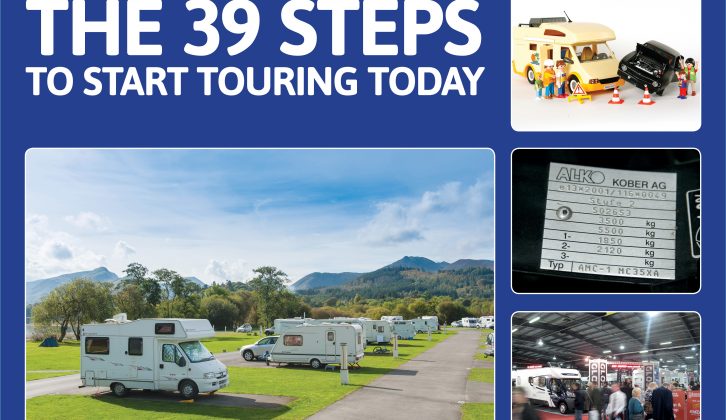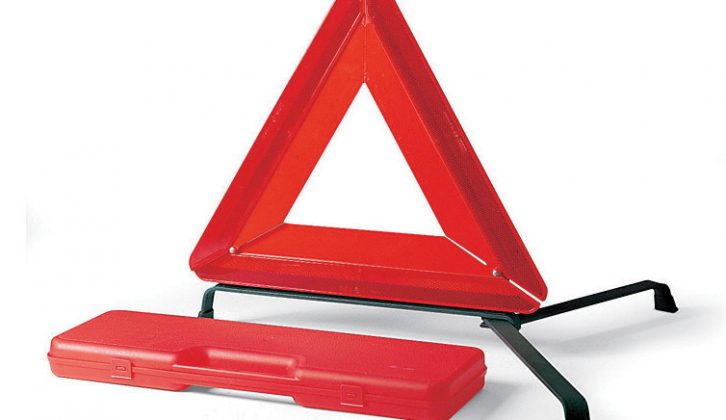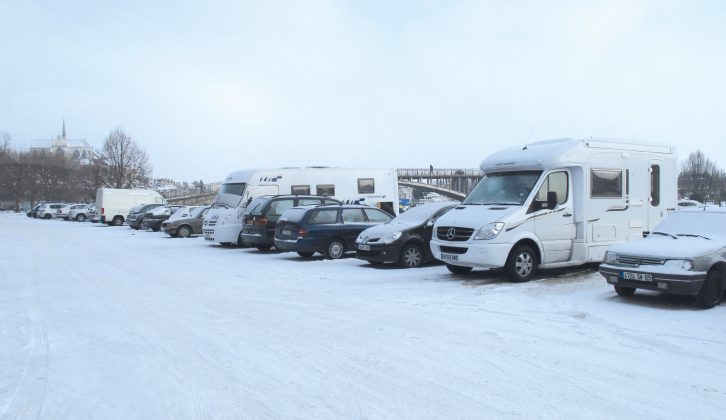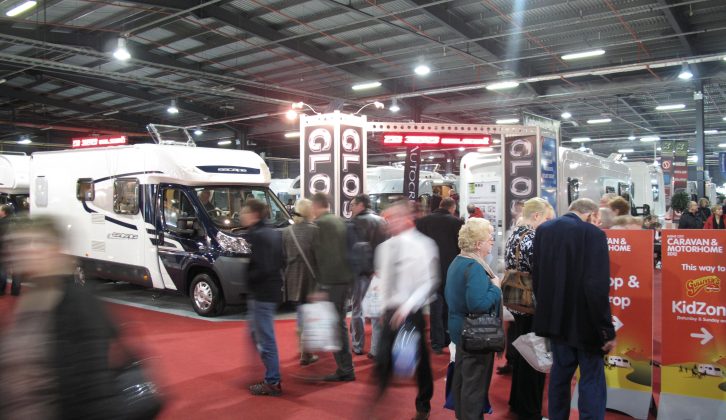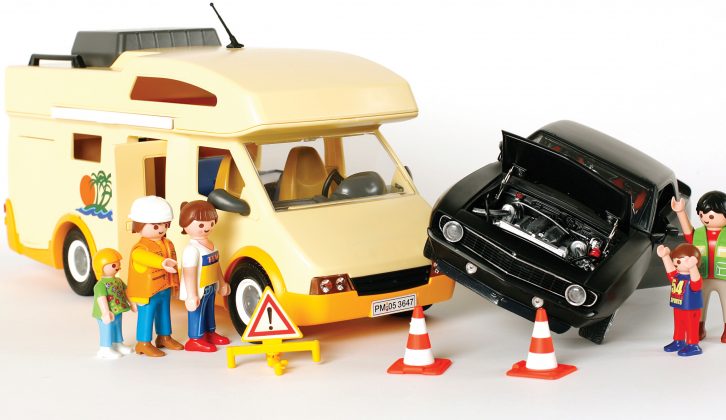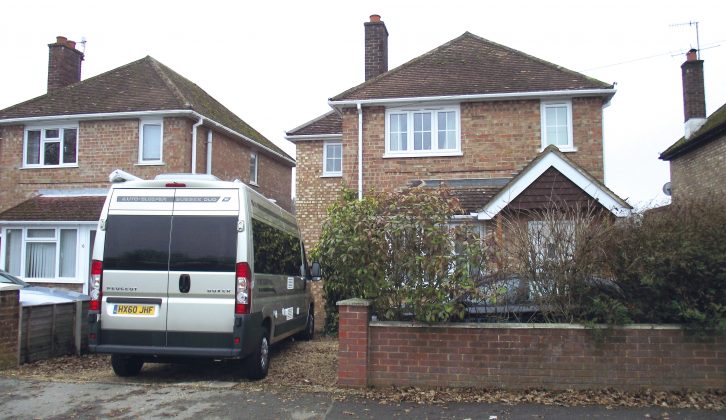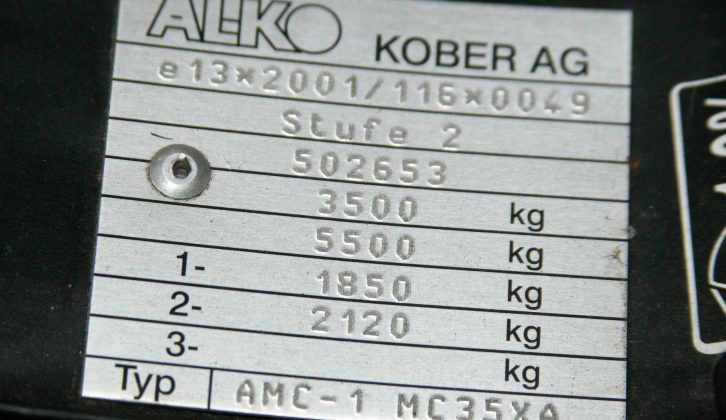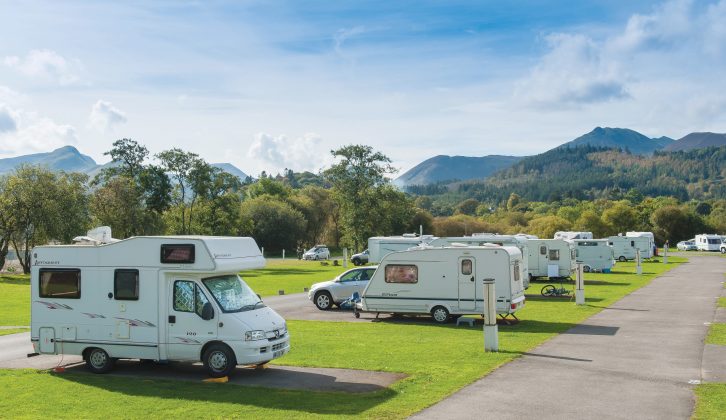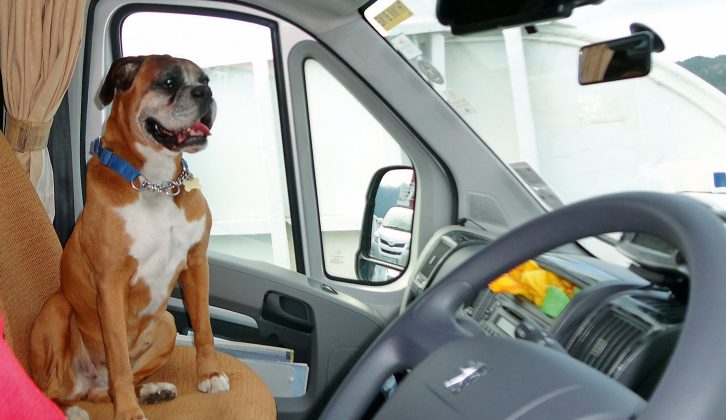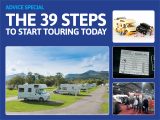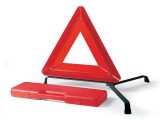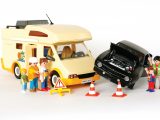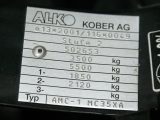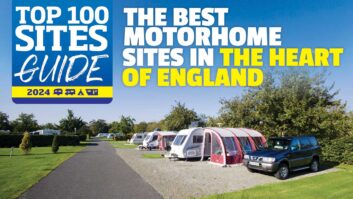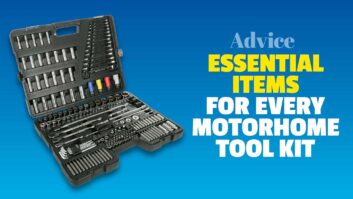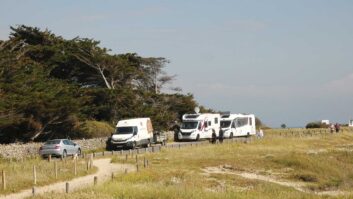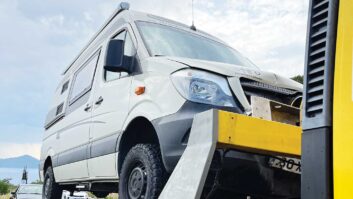Your first motorhome
1. Consider the size of ’van
Think about what size of motorhome you would be comfortable driving. You’ll also need to consider where you’re going to store it (see numbers 2 and 3) – how long is your drive at home and, if you plan to store the ’van under cover, how high is your garage or carport?
2. Find out where you can park your motorhome
Check the deeds of your house, or lease if it’s a leasehold property, to see whether there is a covenant preventing you from keeping your ’van there. Also, ensure that there are no parking-zone bylaws if you want to leave it by the side of the road. When you’re out and about on tour, take a look at this useful website.
3. Locate a storage facility
If you can’t keep your motorhome at your house, you might need to use a dedicated storage facility. For a list of sites accredited by the Caravan Storage Site Owners’ Association, head to the CaSSOA website.
4. Check your driving licence
You are legally allowed to drive a motorhome up to 7500kg on your B+C1 licence if you passed your test before 1 January 1997. If you have a ’van over 3500kg, and you reach the age of 70, you must submit a medical form to renew your licence every three years. Those who passed their driving test after 1 January 1997 must pass a C1 test to drive a ’van heavier than 3500kg.
5. Choose a layout
The best way to decide which layout will suit you is to look at as many different floorplans as possible. Also, consider how many belted travel seats and sleeping berths you need, whether you need a shower and a toilet, and a fixed bed or one you make up. Think about how often you’ll be using the motorhome – if you’re planning to full-time (i.e. live in the ’van), you might want more space than if you only take the occasional tour.
6. Go on a motorhome manoeuvring course
Driving a ’van can be daunting, so it’s well worth booking onto a specialised driving course to give you confidence before you take the plunge. Both The Caravan Club and The Camping and Caravanning Club run manoeuvring courses (those run by The Camping and Caravanning Club are only available to members).
7. Select a brand
Read our annual Owner Satisfaction Awards (featured in our April issue) to find the best brands of new and used motorhomes for sale, and the best supplying dealers. You could also ask any motorcaravanning family or friends, or members of our forum, for their tips.
8. Decide when you’ll be touring
If you’re planning to tour only in the warmer months, you should be comfortable in any modern motorhome. For the colder months, look for a ’van that has a good heating system. Elevating-roof campers can be less warm than fixed-roof versions because of heat-loss through the fabric sides.
9. Decide on your priorities
Draw up a shortlist of preferences for all users; these should include any motorhome ‘must-haves’ and ‘would-be-nices’. Be ready to compromise on the latter, but not the must-haves. Then draw up a shortlist of suitable motorhomes by looking online at what’s available.
10. Sort your finance
Whether you’re paying for your motorhome from savings, equity release or finance via a dealer, you should set a budget and stick to it. Bear in mind that you will want to buy kit for the ’van, too.
11. Buy from a dealer…
One advantage of buying from a dealer is that they should be able to show you how all the facilities work in the handover, and possibly offer you a warranty. Choose a dealer close to your home; that way, if things go wrong, you can return easily.
12. …or from a show…
A specialist show is an ideal place to see hundreds of models under one roof. You’ll also find that dealers will often offer special deals or discounts for showgoers. The two large shows at Birmingham’s NEC (held in October and February) are worth a visit if you’re looking for a new model; if you want a used motorhome, try a local show visited by dealers from the area. Check out our expert advice to help you buy a ‘van at a show.
13. …or privately
You can get a good deal buying privately, but there are pitfalls – remember the phrase ‘buyer beware’. Get as many checks done on the ’van as you can, and take someone with you who knows about motorhomes. Read our advice so you know what to check when looking at used motorhomes for sale.
14. Rent a ’van first
Renting a motorhome is a great way of getting a feel for a ’van, and deciding whether the lifestyle is for you. However, there’s a vast number of motorhome hire firms to choose from, ranging from multi-location nationals to single-’van outfits. It’s important to choose one that is above board and offers the type of vehicle that you want to rent.
Be sure to search for reviews of any company that you’re considering renting a motorhome from – the occasional negative comment is normal, but if there are a few recent bad reviews, you should think again. Any trustworthy motorhome or campervan hire companies should have a phone number and a registered address on their website.
When you’ve decided on a company, double check what’s included in the rental agreement – whether you need to take bedding, for example, and if there’s a mileage limit. Read the contract thoroughly before signing it.
Upon picking up the motorhome, ask to be shown how the facilities work. And check whether you will be required to return the vehicle with a full tank of fuel – you could incur a hefty charge if you don’t.
15. Take a test drive
Take a thorough test drive if you’re buying a used vehicle, on a mix of country and urban roads. Check that all the electrical-, heating- and water-systems are working correctly, and that all necessary parts (such as the cushions to make up any beds) are present. For more advice on test drives, check out our 10-step guide to test drives.
16. Get the best insurance cover
Take out a fully comprehensive motorhome policy, and make sure that you’re covered both in the UK and abroad, if applicable. Double check any policyholder age limit, and think about any breakdown cover offered as part of the policy – will it cover the size of your vehicle? Don’t forget to get the motorhome’s contents insured, too.
Getting on the road
17. The first night away
If you purchased the vehicle from a dealer, stay close to the place where you bought the ’van for the first night – that way you can return if there are any niggles.
18. Kitting out your ’van
Don’t feel that you have to buy all your motorhome accessories straight away. A basic kit list would include an electric hook-up lead, levelling ramps, a fire extinguisher, smoke and carbon monoxide detectors, toilet chemicals, a torch, camping chairs, grip mats and a small toolkit.
19. Buying kit
Check on eBay for used or new equipment, as well as classified advertisements in your local paper. Online camping superstores include Towsure and World of Camping.
20. Don’t go over your weight limit
Staying within your motorhome’s weight limits (its ‘MTPLM’ and axle limits – these can be found on the chassis plate) is crucial for safe, legal touring. Every so often, take your motorhome – laden with equipment and the occupants you’re likely to tour with – to a local weighbridge to check you’ve not exceeded those limits.
21. Touring with children
Touring with children can be a terrific experience, but you’ll need to plan your living space and activities carefully, to help everyone get the most from their trip. For top tips, read our guide.
22. Touring with your dog
Many people tour with their dogs, but remember that your four-legged friends will have to be happy spending time in the confines of your motorhome. If you plan to travel with your pets, be sure to check out our guide.
23. Decide where you want to go
Don’t go too far, too soon – it’s good to stay close to civilisation for your first trips away, in case anything goes wrong. Driving a motorhome is more tiring than driving a car, so don’t plan to do too many miles in one day.
24. Touring in the UK
There is a vast selection of campsites in the UK: whether you want to stay at full-facility, family-friendly parks or a tiny, adults-only site, our Top 100 Sites Guide – the listings of which are based on voting by our readers – is a must-read. Otherwise, get hold of a copy of a respected guide, such as the AA’s Caravan & Camping Britain 2015 or Alan Rogers’ Best Campsites in Britain and Ireland 2015. And don’t forget our own Nightstop network of safe, legal and very affordable stopovers.
Remember that wild camping – pitching overnight somewhere that’s not a designated campsite – is illegal in England and Wales.
25. Joining a club
There are lots of benefits of joining one of the main industry clubs – the two biggest are The Caravan Club and The Camping and Caravanning Club, but the Motor Caravanners’ Club is another that’s worth consideration. The first two have large networks of sites around Britain, often with full facilities, while all three offer minimum-facility, five-pitch CS/CLs (certificated sites/locations). Being a member of The Caravan Club or The Camping and Caravanning Club allows you to stay at their main sites for a reduced rate, and use their CSs or CLs for a small fee.
Other benefits to joining one of the clubs include cheaper insurance, help with European travel and the chance to take part in rallies, which leads us on to…
26. Go on a rally
A rally is a gathering of touring units – they are usually organised by the major clubs, and take place across the country and abroad, and often throughout the year. You will find that they have usually planned activities for all ages, while some rallies are based around a theme.
27. Tour without hook-up
One of the joys of motorcaravanning is being able to pitch-up away from an electricity connection. You’ll need a good leisure battery – for more advice on touring off-grid, please read our guide.
28. Save money on fuel
Driving more smoothly and turning the air-conditioning off will help save you money, but for a quick way to locate the cheapest fuel, take a look at the Petrol Prices website.
Touring abroad
29. What to take
Carry your ’van’s V5C (logbook), MoT and insurance certificates when you go abroad, along with a high-vis jacket, warning triangle, beam deflectors and first-aid kit. You also need two disposable breathalysers if you’re driving through France. Check each country’s requirements before you go – be sure to read Practical Motorhome’s travel guides, plus the AA offers an excellent guide.
30. Staying on Continental campsites
Stay at a site recommended by a firm such as Alan Rogers or Eurocamp. If you tour during the low season, buy Camping Cheques (from Alan Rogers) or Touring Cheques (Select Sites); both will save you money.
31. Using stopovers abroad
The low-cost network of stopover places known as aires in France, and Stellplätze in Germany, are an alternative to a regular campsite when you’re touring abroad. For guides to aires and their equivalents, take a look at the range of publications by Vicarious Books.
32. Take an escorted tour
If you’re nervous about touring abroad, an escorted tour could be for you. Like-minded motorcaravanners travel in convoy. The group meets up at campsites for socialising or excursions. Generally you take part in as many or as few activities as you would like, but a tour guide will be on hand to help you with local knowledge or ’van problems. Companies to consider are Crossings Motorhome Tours and GB Privilege.
33. Booking a ferry
Bear in mind that the longer your ’van, the more your ferry trip is likely to cost you. The Direct Ferries website is a great tool for comparing costs of different ferries.
The practicalities
34. Know your speed limits
If you’re driving in the UK and your ’van has an unladen weight greater than 3050kg, you’re restricted to 50mph on single carriageways, 60mph on dual carriageways and 70mph on motorways.
35. Seatbelt legislation
Motorhomes that were first registered on or after 1 October 2007 must have seatbelts for front- and rear-facing travel berths. If a seatbelt is fitted in any ’van, it must be worn. If all the belted seats are occupied, passengers can sit in an unbelted seat, but Practical Motorhome does not recommend this.
36. Get your ’van serviced
Your motorhome – both the base vehicle and the habitation area – should be serviced regularly. You can head online to find a good workshop. You can also prepare your ’van before its service; read our guide.
Going further
37. Go full-timing
Full-timing is becoming more popular as people escape the British winter in search of sun, but keep a few things in mind.
Save cash by staying on aires (see point 31). At a full-facility site, using a fan heater and an electric oven will save on gas. Ensure your ’van is in good working order before you go, and get it checked regularly while you’re away. Choose your insurance policy carefully, and maintain a permanent UK address.
For more on full-timing, please read our guide.
38. Taking it further
Once you’ve bought a ’van, a new world will open up – you could rent it out, or become an escorted-tour guide (we’d love to hear about any novel way you use your ’van).
39. Find out more
A great book to have is the Motorcaravan Manual, by Practical Motorhome contributor John Wickersham. There are also loads of resources on the internet to help novices. And, of course, don’t forget to hunt around here on the Practical Motorhome website for lots of good, expert advice.
If a seatbelt is fitted in any ’van, it must be worn
